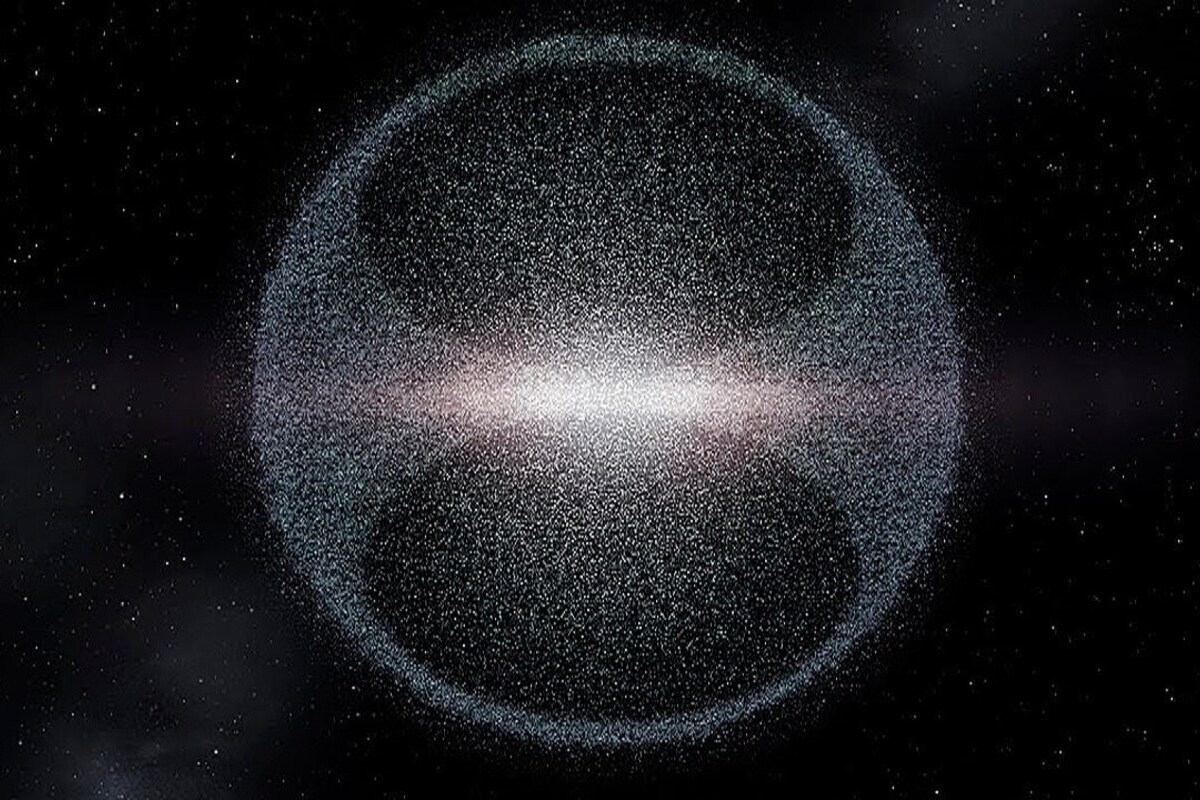The Oort Cloud is one of the most mysterious and distant regions of our Solar System. Although it has never been observed directly, scientists believe it is the source of long-period comets that occasionally pass through the inner Solar System. This hypothetical area lies so far from the Sun that its objects are barely affected by solar gravity. Yet the Oort Cloud may hold crucial information about the early history and evolution of the Solar System. Below are fascinating and educational facts about the Oort Cloud that you may not have known.
- The Oort Cloud was proposed in 1950 by Dutch astronomer Jan Oort. He noticed that many comets came from very distant regions and suggested the existence of a massive reservoir of icy bodies beyond the planetary orbits. Since then, the Oort Cloud has become an essential concept in modern astronomy.
- The Oort Cloud is believed to surround the Solar System in the shape of a giant spherical shell. Its inner boundary is estimated to lie around 2,000 astronomical units from the Sun, while the outer edge may extend up to 100,000 astronomical units. This distance is about 25 times farther than Pluto’s orbit.
- It is thought to contain billions of icy objects left over from the formation of the planets. These bodies are composed mainly of water ice, methane, ammonia, and other frozen compounds. Due to the extreme distance, temperatures in the Oort Cloud are close to absolute zero.
- Although no object from the Oort Cloud has been directly observed, its existence is supported by indirect evidence. Comets with long and highly elliptical orbits are likely to originate from this distant region. Many of them visit the inner Solar System only once and never return.
- The Oort Cloud’s objects are influenced not only by the Sun’s gravity but also by passing stars and the gravitational pull of the Milky Way galaxy. These forces can disturb their orbits, sending them toward the inner parts of the Solar System. This is how long-period comets are likely formed.
- The Oort Cloud is divided into two main parts: the inner and the outer cloud. The inner portion, also called the Hills Cloud, is denser and more compressed. The outer part is nearly spherical and is the main source of visible long-period comets.
- Unlike Kuiper Belt objects, the orbits of Oort Cloud objects are tilted at various angles to the ecliptic plane. This suggests a chaotic and complex history of formation and migration. The variety of orbital inclinations points to dynamic interactions in the early Solar System.
- Some scientists believe that the Oort Cloud may host not only cometary nuclei but also dwarf planets or planet-like objects. These bodies are too far and too faint to be detected with current telescopes. However, computer simulations support the possibility of their existence.
- The Oort Cloud likely formed in the early stages of the Solar System’s development. Some of its material may have been ejected by Jupiter and Saturn’s strong gravity into distant orbits. Other objects may have been captured from interstellar space.
- A nearby passing star could significantly disrupt the Oort Cloud. Such an event could send a shower of comets into the inner Solar System and potentially impact Earth. Some researchers link past mass extinctions on Earth to increased comet activity from the Oort Cloud.
- Studying the Oort Cloud is essential for understanding the history of the Solar System and the processes that form planetary systems. It could reveal the chemical composition of the primordial solar nebula. Objects from the Oort Cloud may also contain organic compounds that contributed to the origin of life.
- The Oort Cloud is considered the outer boundary of the Sun’s gravitational influence. Beyond it lies interstellar space, where the gravitational forces of other stars and the galaxy dominate. In this sense, it marks the true edge of the Solar System.
- Future interstellar missions may aim to explore objects belonging to the Oort Cloud. Such missions could provide direct evidence of its existence and reveal the structure and composition of its bodies. However, reaching it with current technology would take thousands of years.
- Even though it remains a theoretical concept, the Oort Cloud plays a key role in models of Solar System evolution. It helps explain the origin of comets, the structure of the outer Solar System, and the nature of solar gravitational limits. Without this model, many cosmic phenomena would remain unexplained.
The Oort Cloud is an invisible yet significant boundary of our planetary system. These interesting facts show how many secrets lie hidden in the most distant parts of the Solar System. You may not have realized that such a remote region could be so important to understanding our cosmic origins. The Oort Cloud remains one of the greatest mysteries of modern astronomy.





